Kasuga Ninai Jyaya
4.7/5
192 Reviews
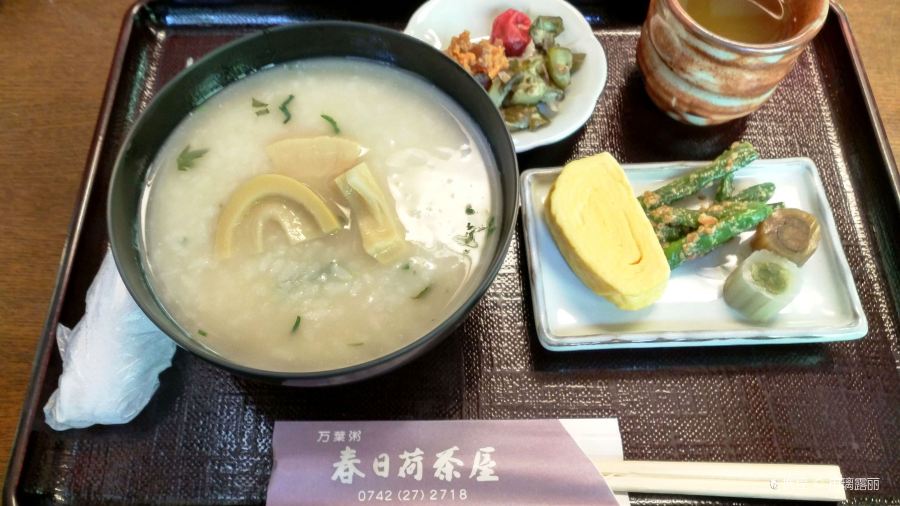
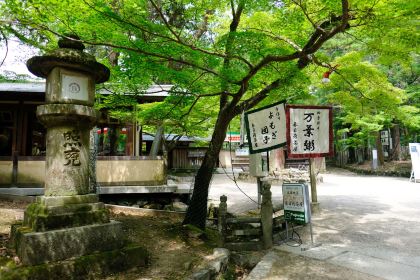

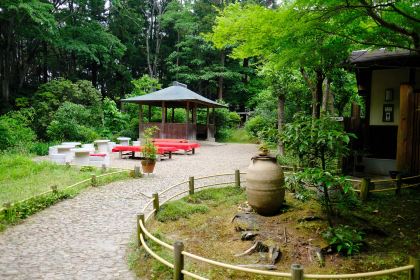

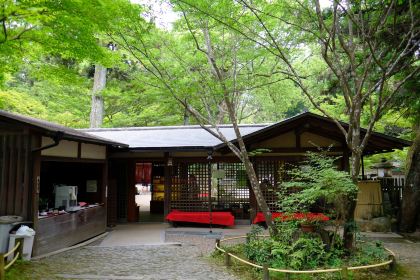
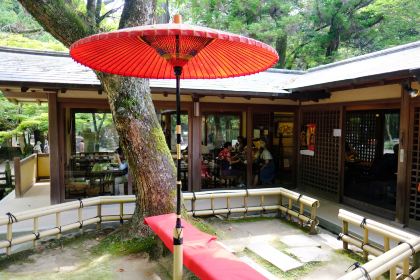
More
Currently closed|Open at 10:00 todayShow more
+81-742-22-7788
Kasuga-machi, Nara, Nara Prefecture 160
 没有蜡ollingI encountered good weather as soon as I went out☀️
It rained when I came to Nara last time
I hid in the store after not walking for long
I was kicked by a deer
This time, I not only met a gentle deer
I also ate the seasonal limited edition Manyo porridge at Kasuga Tea House
The persimmon leaf sushi is super good [heart]
没有蜡ollingI encountered good weather as soon as I went out☀️
It rained when I came to Nara last time
I hid in the store after not walking for long
I was kicked by a deer
This time, I not only met a gentle deer
I also ate the seasonal limited edition Manyo porridge at Kasuga Tea House
The persimmon leaf sushi is super good [heart] Reviews of Kasuga Ninai Jyaya
Some reviews may have been translated by Google Translate
4.7/5Outstanding
All (192)
Latest
Photo reviews (54)
Positive reviews (64)
Negative reviews (1)
I encountered good weather as soon as I went out☀️ It rained when I came to Nara last time I hid in the store after not walking for long I was kicked by a deer This time, I not only met a gentle deer I also ate the seasonal limited edition Manyo porridge at Kasuga Tea House The persimmon leaf sushi is super good [heart]
Kasuga Teahouse is located at 160 Kasuganocho 630-8212, Nara City, Nara Prefecture. It is a small teahouse located in Nara Park. It is casual and elegant, and is famous for its seasonal porridge and persimmon leaf sushi. There is also sweet red bean soup. There is a garden. If the weather is fine, sitting outside and enjoying the seasonal porridge is really enjoyable.
There is a teahouse on the way to Kasuga Taisha Shrine. It looks old at first glance. The best thing they make is matcha tea porridge. In fact, there is no rice, but only matcha powder. It has a rich taste and goes well with biscuits.
Food and Photography in Nara • First Episode • 5A Marbled Wagyu Prices in Japan are generally expensive, but as long as you are willing, you can try all the top ingredients at a relatively cheap price. For example, this meal was at Izakayatsunofuri in the commercial district near Nara Kintetsu Station. Izakaya means izakaya. On a noisy pedestrian street similar to Huangxing South Road, the underground unit on the first floor has a sense of being hidden in the city. It is called an izakaya, but the decoration is very mixed. The dim light, each booth is separated by a Southeast Asian pink tulle, and under your feet is a gurgling stream covered by glass. The waiter's English is very bad, and you can only use a pad to order dishes. It's all self-service without asking for help. It's basically locals eating, and there are Japanese laughter everywhere. It is said that in Japan, you have to scream out loud when you have a climax, so that you can praise the chef. Ordered six kinds of sashimi, 5A Marbled Wagyu Sukiyaki, 5A Marbled Wagyu Tobanyaki, and Black Truffle White Roasted Eel Rice. Two adults, 300 yuan per person, tea fee, including two pre-paid (appetizer) six kinds, although it is free, among which the wine pickled tomatoes and Saikyo miso mini eggplant are very delicate and refreshing. Although Hida beef is not as famous as the three major beefs of Kobe, Omi and Matsusaka, it is niche and outstanding, with fat and gravy locked in the muscle fat, and only seasoned with rock salt after cooking, it is simply soul-stirring. The sashimi of the day is also very fresh. Such a meal must be sky-high in China, but the final bill is only less than 8,000 yen, about 500 yuan. Summary: Although it is axiom that you get what you pay for, in Japan, cheap is completely good. First, there are obvious regional differences in the price of Japanese food. The same top ingredients are cheaper in small and remote towns than in central city commercial cities; storefronts on busy commercial streets are cheaper than secluded docks. Second, Japanese people pay much attention to elegance when eating, and the environment and service are quite valuable. The most valuable thing about Japanese Michelin restaurants is not the food, but the service and tone. For example, in the restaurant mentioned above, you order dishes by yourself without anyone explaining them, sake is not poured for you when it is served, and the wagyu sukiyaki should be cooked raw, but they just serve you half-cooked one. These flaws make the price of this meal more affordable.
Kasuga Tea House, close to Kasuga Taisha Shrine, is a great place to drink tea, eat porridge and cool off in the summer. In the summer, sitting on a low bench under a red parasol, enjoying the cool air, the scenery, tasting tea, drinking porridge, cooling off in the summer, and watching the flowers bloom and fall is also life.
This unique restaurant on the approach to Kasuga Taisha Shrine boasts a charming, antique-style ambiance. They serve Nara's unique Manyo porridge, featuring ingredients that change with each season. Their kudzu starch is also a specialty, similar to Chinese jelly, but with a chewier, more elastic texture. Since Nara is known for its abundant persimmons, I also ordered a persimmon cake with black tea, which gave it a slightly European feel. I couldn't resist a glass of matcha, and after finishing it, I could see the word "Haru" (Spring) etched on the bottom of the bowl. The ambiance is truly tranquil and beautiful, and well worth a visit.
Kasuga Teahouse doesn't offer a large menu, so if you're looking for a full meal, order one of the set meals, which come with side dishes, dim sum, and two persimmon leaf sushi. It's not overly expensive, but the main course is porridge, which changes with the season. Since it was spring, small flowers floated in the porridge, adding a touch of spring. The side dishes had a delicate fragrance, the dim sum was slightly sweet, and the persimmon leaf sushi had a more pickled flavor than typical sushi, though it was still unique. The porridge, as for the porridge, was just a simple, bland porridge. Those with strong flavors would be wise to consider dining here carefully, but the scenery around the teahouse is truly unique. Having afternoon tea here was a truly enjoyable experience.
This is a snack bar near Kasuga Taisha Shrine. It specializes in cold noodles. I highly recommend the three-color cold noodles. The three bowls of noodles have different flavors. The soup is fresh but not too salty. The persimmon leaf sushi in the set meal is also very good. In short, it is a good place to rest after visiting Nara. The food is very unique!